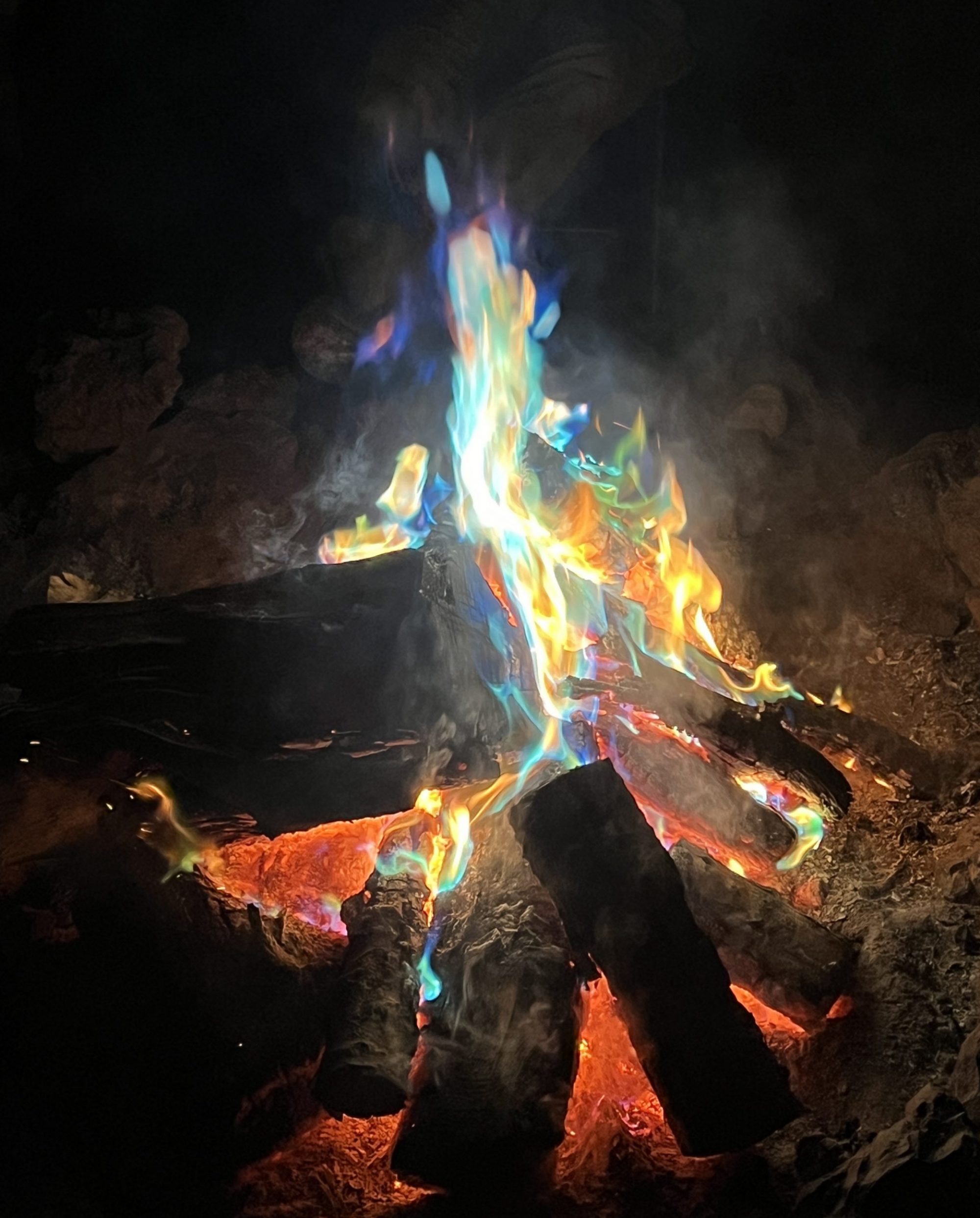When’s the last time you ate a chestnut? Probably years ago, freezing your tuchkus off waiting for the Christmas parade or tree lighting ceremony to get going, right? Well, let me tell you, chestnuts need to reclaim their rightful place on the stovetop, not just on an open fire. Surprisingly, not too many folks in my area know how to deal with these delicious, starchy nuts. I joke about them being the best nuts. I love them all equally.
There’s a reason these nuts are so closely associated with winter time. During the month of October, depending on the variety, these trees drop all of their nuts almost within a week. You’ve got to be ready for them or you’ll blink and miss the harvest. In my neck of the woods, I have to compete with deer, turkeys and goats. In urban parts, the main competition comes from Chinese and Eastern European Grandmas who know what’s up.
Let me clarify, just in case you go rushing off to the nearest chestnut tree in your neighborhood, that there are many kinds of chestnuts but for our sake, we’ll focus on two: the edible chestnut and the inedible horse chestnut.
How do you tell them apart?

Horse Chestnut
The husk of the horse chestnut (yes, horses love these!), or Buckeye if you’re from Ohio, has spikes but they’re more spread apart than the edible chestnut. If you can pick up the husk and your fingertips can almost fit between the spikes, do not eat this nut. Do check out some great medicinal herb books, though, because these astringent guys can be used from things like mouthwash to hide tanning.
 The Edible American, Chinese and Italian varieties
The Edible American, Chinese and Italian varieties
Decades ago, pioneering families throughout Cascadia planted chestnuts in their yards. Today, there are hundred year old chestnut trees in Portland and other cities and towns across the Northwest. Thanks to the foresight of those land-pillaging settlers, we can collect hundreds of pounds of nuts off of one of these ancient ents. The trick is to pay attention to when they begin dropping and get there early in the morning to harvest. Wear gloves and use your shoe to kick off the husk and collect the nuts therein. Don’t bother picking up the small or flat looking ones. They’re not worth your time but the squirrels will appreciate them.
Storage
Chestnuts require refrigeration because at room temperature, they’ll dry up or become moldy within a matter of weeks or else some profiteering mouse will come along and start snacking. Even in the fridge, they won’t last longer than a couple of months. Speaking from personal experience, don’t stick them in a jar and leave them in your collective household for five years. I recommend processing everything that you don’t plan on eating within the first 2 months of harvest.
Processing
Boiled chestnuts. Steamed Chestnuts. Roasted chestnuts. Chestnuts fricasee. You get the idea. Bubba and I could probably list off a hundred different ways to prepare them. My favorite way of storing them is to cook them, remove the bitter skin (pellicle) and freeze them in a plastic bag or jar. Once they are cooked, you can also dehydrate them and grind them into flour, which you’ll also want to either freeze or refigerate. The most important points to keep in mind are these:
1. Do not try to cook more than you’re willing to process in a session.
2. Choose your heating method and have a way to keep them warm once they’re done. Whatever method you choose, make sure it’s high-heat or boiling water style temperatures. None of this slow and steady heating is useful for chestnuts.
3. Cut a slit width-wise across the tough brown skin to allow steam out and to give you an indication that they’re ready. When they’re cooked thoroughly, that slit will have expanded by about a half inch or so. Cut the nut in half to learn how to tell when it’s cooked thoroughly. The nut meat should change from a bright white to an opaque/translucent color.
4. Once they’re cooked, transfer them to a crock pot or some variety of heat-trapping device. Take out as many as you can clean within a span of 5 minutes. Your job is to remove the outer brown skin and the inner thin skin, called the pellicle. Give it a taste so you know how bitter it is and how important it is to work quickly to get remove it.
And don’t forget, plant an edible chestnut tree for future generations to enjoy!
Recipe ideas:
- Winter Stew with Chestnuts
- Chestnut Stuffing
- Chestnut Rice (A Japanese Traditional Dish)
- Chocolate Chestnut Torte
- Chestnut Granola
- Chestnut Shortbread
- Sitting by a fire and roasting chestnuts with friends and family
